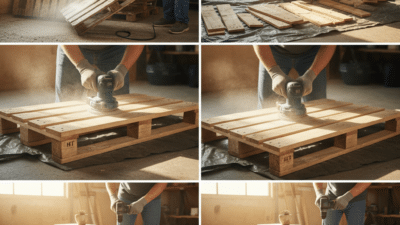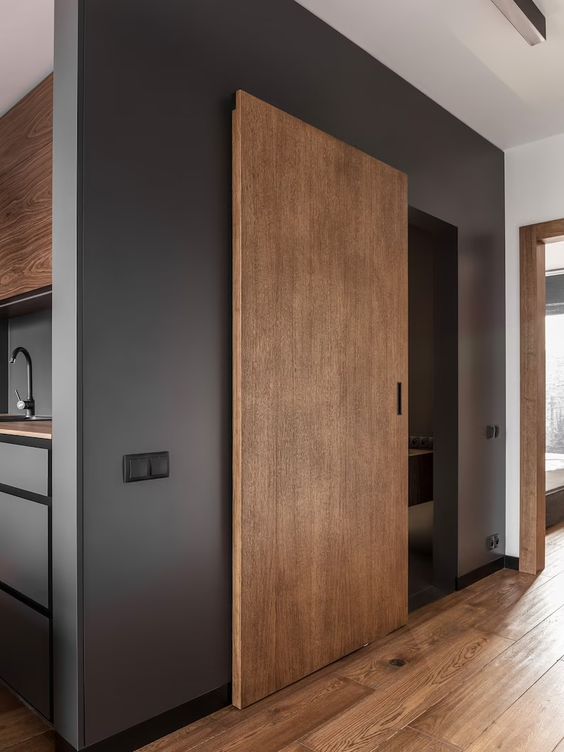

Home renovation is more than just a way to update your living space; it’s an opportunity to infuse your personality and style into your home, enhancing both its functionality and aesthetic appeal. Whether you’re looking to undertake a minor update or a major overhaul, a well-planned renovation can breathe new life into your home. This comprehensive guide will walk you through the essential steps of home renovation, from planning and budgeting to execution and finishing touches.
1. Planning Your Renovation
Define Your Goals
Begin by identifying what you want to achieve with your renovation. Are you aiming to modernize your space, increase its resale value, or enhance its functionality? Clear goals will help you prioritize tasks and stay focused throughout the process.
Assess Your Home
Conduct a thorough evaluation of your home to determine which areas need attention. Common renovation projects include:
- Kitchen and Bathroom Upgrades: Modernizing fixtures, cabinets, and appliances.
- Interior and Exterior Painting: Refreshing walls and exteriors to improve aesthetics. If you’re planning extensive outdoor upgrades or structural improvements, hiring professional exterior renovation contractors near me can ensure quality craftsmanship and long-lasting results.
- Flooring Replacement: Updating old carpets or worn-out floors with new materials.
- Energy Efficiency Improvements: Installing energy-efficient windows, insulation, or appliances.
2. Budgeting for Your Renovation
Create a Detailed Budget
Develop a comprehensive budget that outlines:
- Material Costs: Paint, flooring, countertops, etc.
- Labor Costs: Fees for contractors, electricians, and other professionals.
- Unexpected Expenses: Allocate a contingency fund of 10-20% of the total budget for unforeseen costs.
Get Multiple Quotes
To ensure you’re getting a fair price, solicit quotes from several contractors. Be sure to check their references and past work to ensure quality and reliability.
3. Renovation Best Practices
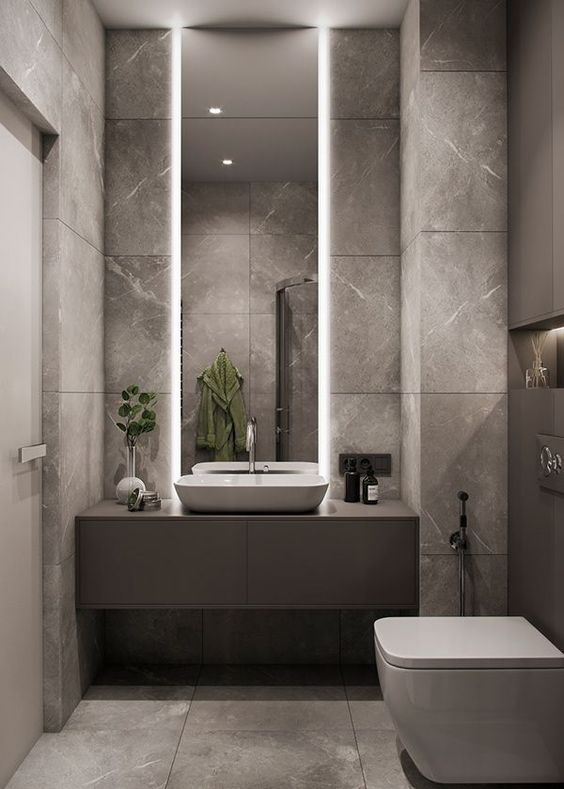
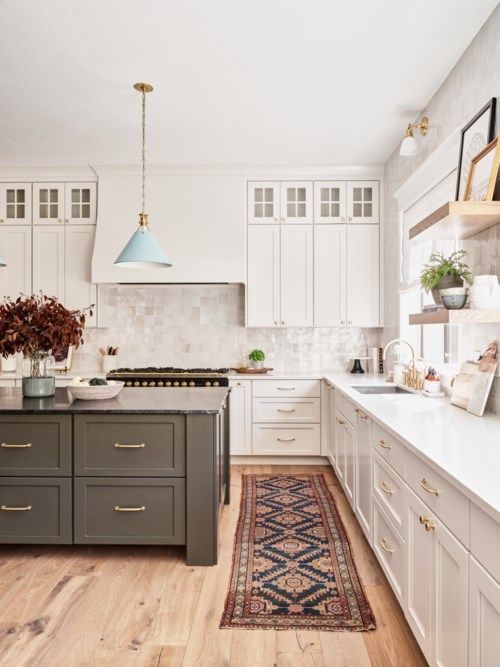
Focus on High-Impact Areas
Prioritize renovations that offer the greatest impact. Key areas often include:
- Kitchens: Updating appliances, cabinets, and countertops can significantly improve functionality and appeal.
- Bathrooms: Modern fixtures and new tiles can make a big difference in comfort and style.
- Curb Appeal: Enhancing the exterior with landscaping, painting, or a new front door can boost your home’s overall appearance.
Stay Within Building Codes
Ensure all renovations comply with local building codes and regulations. This not only ensures safety but also prevents legal issues that could arise from non-compliance.
4. Hiring Professionals
Select Qualified Contractors
Choose contractors who are licensed, insured, and experienced. Obtain written estimates and verify their credentials. Good communication and a clear contract are key to a smooth renovation process. If you’re planning to upgrade your living space and want expert guidance, Home Remodeling Dallas offers professional services that can help bring your renovation ideas to life with style and efficiency.
Monitor Progress
Stay involved in the renovation by regularly checking on the progress. Address any concerns or changes promptly to avoid delays and additional costs.
5. Insurance Considerations
Ensure Adequate Coverage
As you embark on your renovation journey, it’s crucial to ensure that your homeowners insurance is up-to-date. Make sure that your homeowners insurance contains a personal liability coverage. This type of insurance offers protection in the event of:
- Accidents: Injuries that occur on your property during the renovation process.
- Damage: Accidental damage caused by construction work or other related issues.
Personal liability coverage is essential for safeguarding your finances in case of unexpected accidents or damage. It provides peace of mind, allowing you to focus on the renovation without worrying about potential legal or financial repercussions. Additionally, for homeowners in New York City, staying informed about Local Law 11 potential penalties & fees is vital, as non-compliance with facade inspection and repair requirements could lead to costly fines or legal complications.
6. Marketing and Final Touches
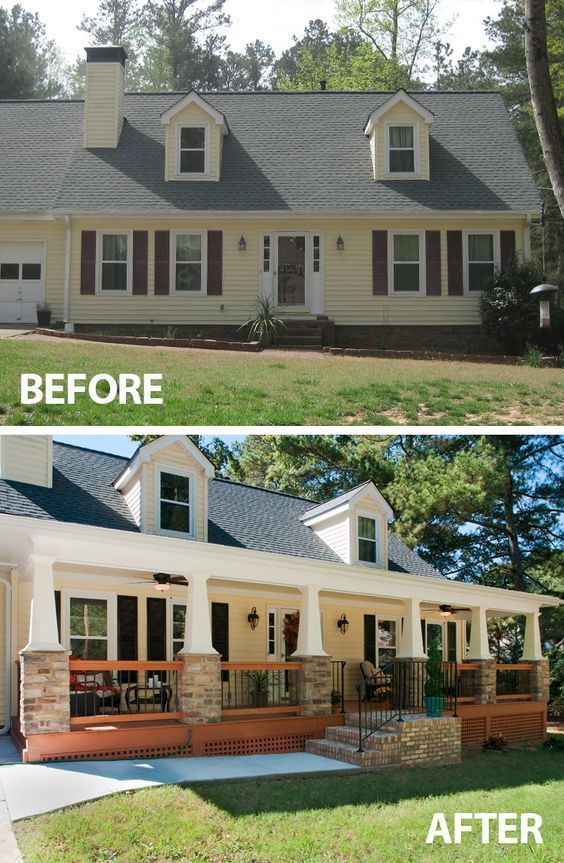
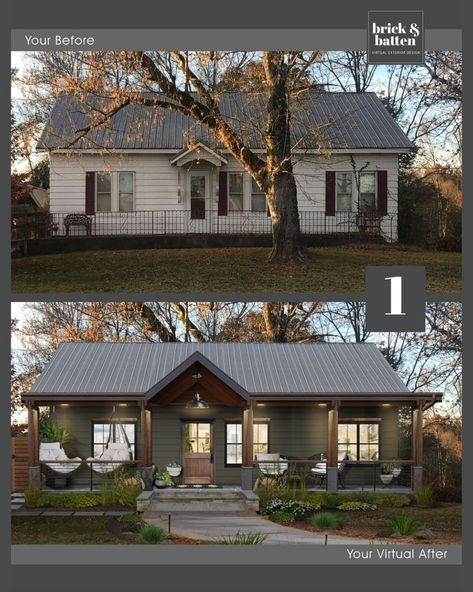
Highlight Renovations
Once your renovation is complete, take high-quality photos and showcase the updated features. This is especially important if you plan to sell or rent the property. Emphasize the improvements in your listings to attract potential buyers or tenants.
Plan for Ongoing Maintenance
Regular maintenance is key to keeping your renovated space in top condition. Develop a schedule for routine checks and repairs to address any issues before they escalate.
Conclusion
The experienced team at Home Remodeling Dallas transformed our outdated kitchen into a stunning modern space that perfectly balances functionality and aesthetic appeal.
Home renovation is a rewarding endeavor that can significantly enhance the comfort, style, and value of your home. By carefully planning and budgeting your renovation project, hiring qualified professionals, and ensuring that your homeowners insurance includes personal liability coverage, you can achieve a successful and stress-free renovation. Embrace the opportunity to bring your home to life and create a space that reflects your unique taste and meets your needs.
- 15shares
- Facebook0
- Pinterest12
- Twitter3
- Reddit0


